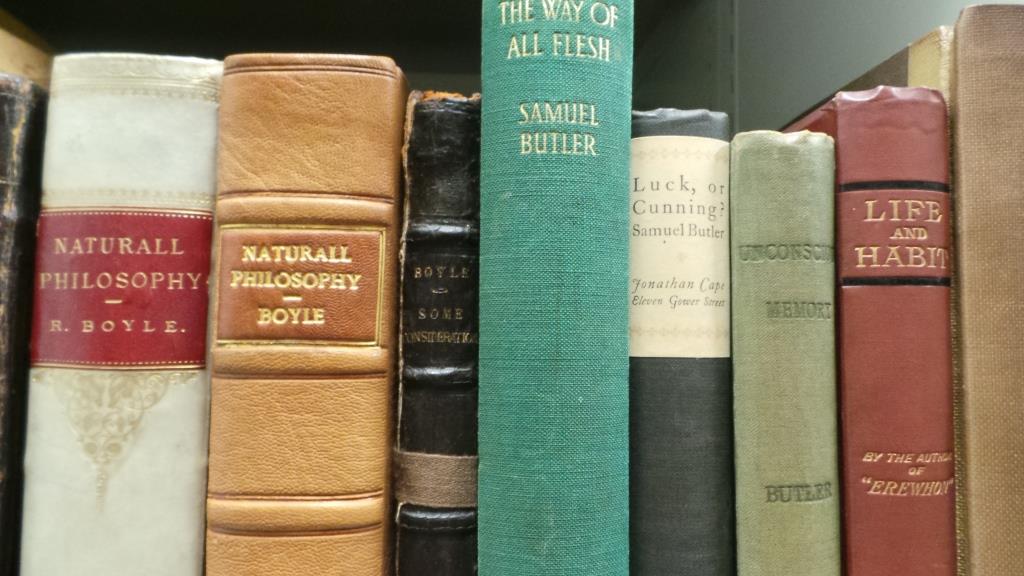Special Collections offer year long graduate trainee schemes in both the Archive and Library. In this month’s blog, our departing Archives Graduate Trainee Timothy Jerrome looks back on his year with us.

Now that I am coming to the end of my year’s archive traineeship at Special Collections and the Museum of English Rural Life (MERL), I feel it is a good time to reflect on the range of invaluable experience I have gained. Call me biased, but I honestly believe that this role has provided me with the best possible platform from which to dive into my MA in Archives and Records Management!
On top of the challenges of starting any new job, this was also my first period of full-time employment, so I am most grateful to the researchers and colleagues who tolerated my constantly exhausted expression over the first couple of weeks! However, I soon fell into the rhythm of working at the MERL, and my excellent prior work experience at the University of Surrey archives gave me a good idea of what to expect.
As any researchers who have visited frequently over the past months will know, the majority of my time here has been spent supervising the MERL Reading Room. I have interacted with a vast range of researchers with varying interests, from students interested in the materiality of archives to steam engine enthusiasts poring over engineering drawings. My experience in the reading room has taught me that access is the most important aspect of maintaining archives. Whether this is through creating a clear catalogue, knowing the location of every item in storage, or helping researchers handle material in a safe and sustainable way, I now believe that access to collections should be a high priority of any good archivist – and the archivists at the MERL are very good!
As well as Reading Room duty, I have helped catalogue parts of the Cole, Scrivener and Landscape Institute collections, and contributed to the digitisation of the John Fowler & Co. engine registers. Additionally, I have participated in a locations survey, and updated several of our website’s ‘A-Z’ pages for the MERL archive collections.
I would fully encourage anybody with a desire to become an archivist to apply for the traineeship at MERL and Special Collections. Furthermore I would encourage anyone with even a passing interest in our collections to pay us a visit and explore the archives. I have lost track of the number of researchers who came for a very specific purpose and then discovered a treasure chest of fascinating material which they did not know existed.
The best example I can give is that of my own personal experience. I never would have expected that the Landscape Institute archive, along with the associated collections of the Landscape architects, would become my favourite material both to look at myself, and produce for researchers. In particular, I love the sketchbooks of the Landscape Architect Peter Shepheard, who saw himself as an artist as much as a garden designer, and his sketches (including one pictured here – AR SHE DO1/4/1/14) really demonstrate this.

One of Peter Shepheard’s cat sketches, drawn possibly between 1940-80. Taken from the Peter Shepheard Collection (AR SHE DO1/4/1/14)
I wish all the best to my colleagues at MERL, and all researchers past, present and future. I am now looking forward to beginning my further studies at University College London.
Timothy Jerrome, Archives Graduate Trainee
For more information on graduate trainee roles in archives, check the ARA’s webpages on traineeships.




